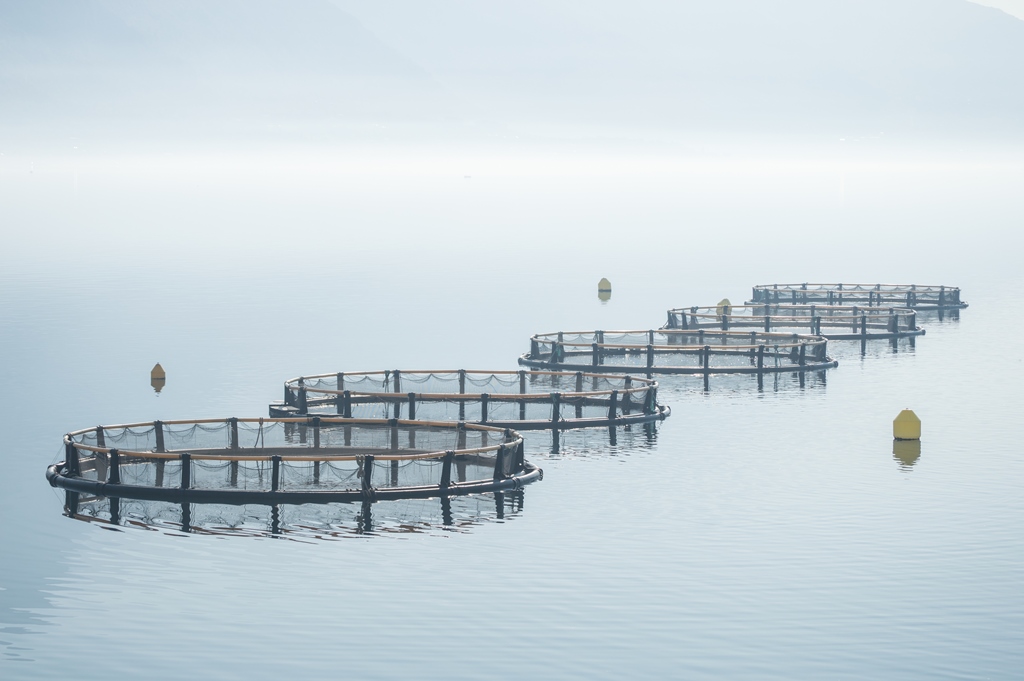

Red Snapper: Beyond the Plate, A Dive into Deliciousness

The Red Snapper: a name synonymous with succulent seafood, gracing restaurant menus and home kitchens alike. But this captivating catch is more than just a culinary delight; it’s a biological marvel that has adapted and thrived in the ocean’s depths for millennia. So, buckle up, science enthusiasts and foodies, as we dive into the fascinating world of the Red Snapper!
Imagine vibrant coral reefs teeming with life, fish darting amidst colorful anemones. This is the Red Snapper’s kingdom, where they play a vital role in maintaining reef health. These fish are protogynous hermaphrodites, starting life as females and transitioning to males later. This unique strategy ensures a healthy balance of sexes and promotes population stability.
Evolution has sculpted the Red Snapper into a master of taste and resilience. Their large, discerning eyes scan the reef for hidden prey, while their muscular bodies propel them through the water with impressive agility. But perhaps the most fascinating adaptation is their highly developed taste buds. Red Snappers possess an astonishing 100,000 taste buds, compared to a mere 10,000 in humans! This gustatory prowess allows them to identify and savor even the subtlest nuances of flavor in their marine bounty.
Now, onto the main course! The Red Snapper’s delicate, firm flesh absorbs flavors beautifully, making it a versatile culinary chameleon. Seared, it boasts a caramelized crust and melt-in-your-mouth texture. Baked, it flaunts its natural sweetness. Poached, it becomes the centerpiece of a light and elegant dish. No matter the preparation, the Red Snapper’s high protein content and rich omega-3 fatty acids make it a healthy and delectable choice.
As with any precious resource, responsible sourcing is crucial. Look for Red Snapper certified by the Marine Stewardship Council (MSC), ensuring sustainable fishing practices that protect both the fish and their ocean habitat. By making informed choices, we can savor the taste of the Red Snapper while safeguarding its future for generations to come.

Barramundi: Ikan Laut yang Lezat dan Bergizi

Barramundi, atau Kakap Putih, adalah jenis ikan yang berasal dari wilayah Indo-Barat Pasifik dari Sumatra hingga Papua Nugini dan Selatan Indonesia hingga Australia Utara . Ikan ini juga dikenal sebagai Asian sea bass atau Australian sea bass . Nama “Barramundi” berasal dari bahasa Aborigin Australia di Queensland, yang berarti “ikan sungai bersisik besar”.
Barramundi memiliki bentuk tubuh memanjang dengan mulut yang besar namun sedikit mencong dan rahang atas yang memanjang sampai ke kebelakang mata. Tepi bawah dari tulang pipinya (preoperculum) memiliki gerigi dengan duri tajam di bagian sudut. Tutup insang (operculum) memiliki duri kecil dan penutup bergerigi di atas pangkal gurat sisi. Ikan ini memiliki sisik tipe sisir (ctenoid) yang berukuran besar dan berwarna perak gelap atau terang tergantung pada lingkungan tempat hidupnya. Jika dilihat secara melintang, ikan ini tampak gepeng dan raut kepalanya terlihat jelas cekung. Sirip tunggal di punggung dan perutnya berduri sementara sirip pasang di dada dan panggulnya tidak. Sirip ekornya pendek dan bulat. Berat maksimal ikan ini sekitar 60 kg (130 pon), sementara panjang tubuh rata-ratanya sekitar 0,6–1,2 m (2,0–3,9 ft)

Sirip tunggal di punggung dan perutnya berduri sementara sirip pasang di dada dan panggulnya tidak. Sirip ekornya pendek dan bulat. Berat maksimal ikan ini sekitar 60 kg (130 pon), sementara panjang tubuh rata-ratanya sekitar 0,6–1,2 m (2,0–3,9 ft)




